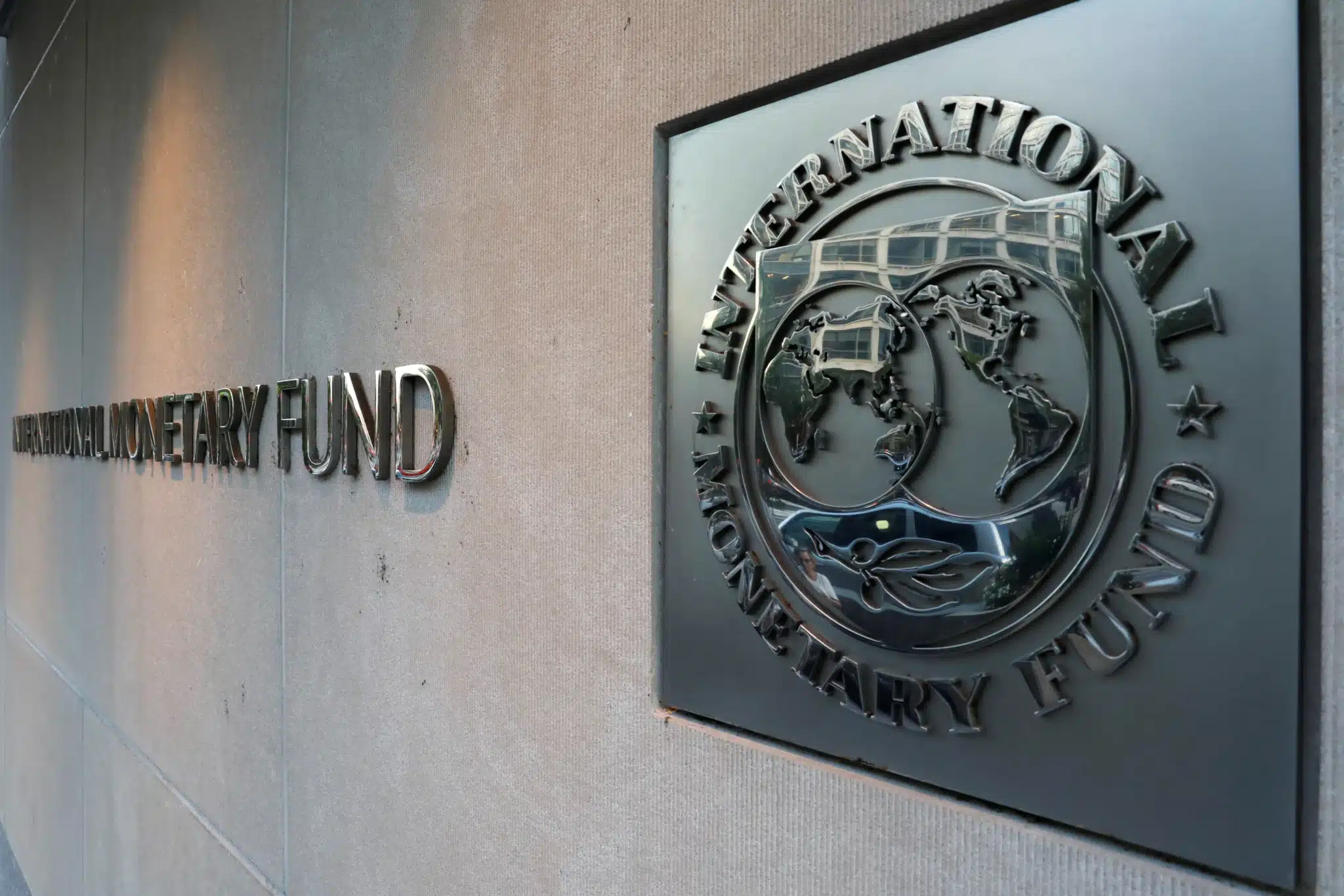ISLAMABAD: The government has come up with a prescription that there is no other solution but to privatise the national flag carrier Pakistan International Airlines (PIA) and is all set to go for kick-starting renewed efforts to sell it out up to its real potential.
The last efforts of privatising PIA met with failure as the sole bidder offered just Rs 10 billion against a reserve price of over Rs 84 billion. There is a risk attached to it now after fiasco of PIA exposing neither the government can sell out the PIA nor can run it properly through professionals.
Federal Minister for Finance Muhammad Aurangzeb made it clear that the government intended to privatise PIA again and that the button would be switched on in weeks and months ahead. The IMF team is visiting Islamabad, and the government will share its plan with them during the ongoing week.
Different factors played a role in the failed attempt to privatize PIA including the overall macroeconomic situation of the country, the confidence level of potential investors and lack of proper spade work placed by the Privatisation Commission. If the privatisation history looked it became crystal clear that the selling out of PIA was the most complex and difficult transaction and proper homework was not done so it resulted into futile exercise.
If analysed the balance sheet of cash bleeding PIA it surfaced that its total debt ballooned to Rs800 billion ($2.9 billion) and through different instruments the government absorbed Rs600 billion but passed on over Rs200 billion in debt to the private sector bidder for it to pay.
PIA had a total debt of over Rs800 billion ($2.9 billion) and of this the government was absorbing over Rs 600 billion ($2.16 billion) but passing on over Rs200 billion ($ 720 million) in debt to the private sector bidder for it to pay.
Former Finance Minister Miftah Ismail stated that the government initially was insisting on retaining 40% shares of PIA and also asking that the private sector bidder inject all 100% of the money required for PIA operations and expansion but that the government shareholding not be diluted. This requirement was mind boggling, to say the least. Even in the end it never agreed to a simple dilution of the government stake if it chose not to invest more.
There were four interested parties for PIA including Younus Brothers consortium had lined up the Turkish carrier Pegasus (which has 110 aircraft in its fleet) as the operator. Fly Jinnah had Air Arabia (which has 77 aircraft in its fleet) as a partner in its bid. Pak Ethanol consortium had lined up a Swiss company as its expert aviation partner. There was also the Arif Habib consortium, which was also backed by aviation experts and big Pakistani businesses. All four of them, plus some others, walked away from the bidding. There is a need to ascertain reasons why these parties preferred not to participate in bidding process.
Miftah Ismail says that where do we go from here now? He suggested that SIFC, whose job it is to facilitate investment and support the government, to call all the bidders who walked away and ask them why they walked away and what facilities and concessions do they need.
Second, SIFC should also call the people responsible for this fiasco to explain why did they come up with difficult and unreasonable conditions so that all serious bidders walked away. They should also be asked who will pay PIA the additional Rs 200 billion ($720 million) that PIA is bound to lose over the next 15 months.
Now there are some questions whether the government was ever interested to sell out PIA? If yes then then they will have to do proper homework and come up with viable plan to handover it over the private sector.
















